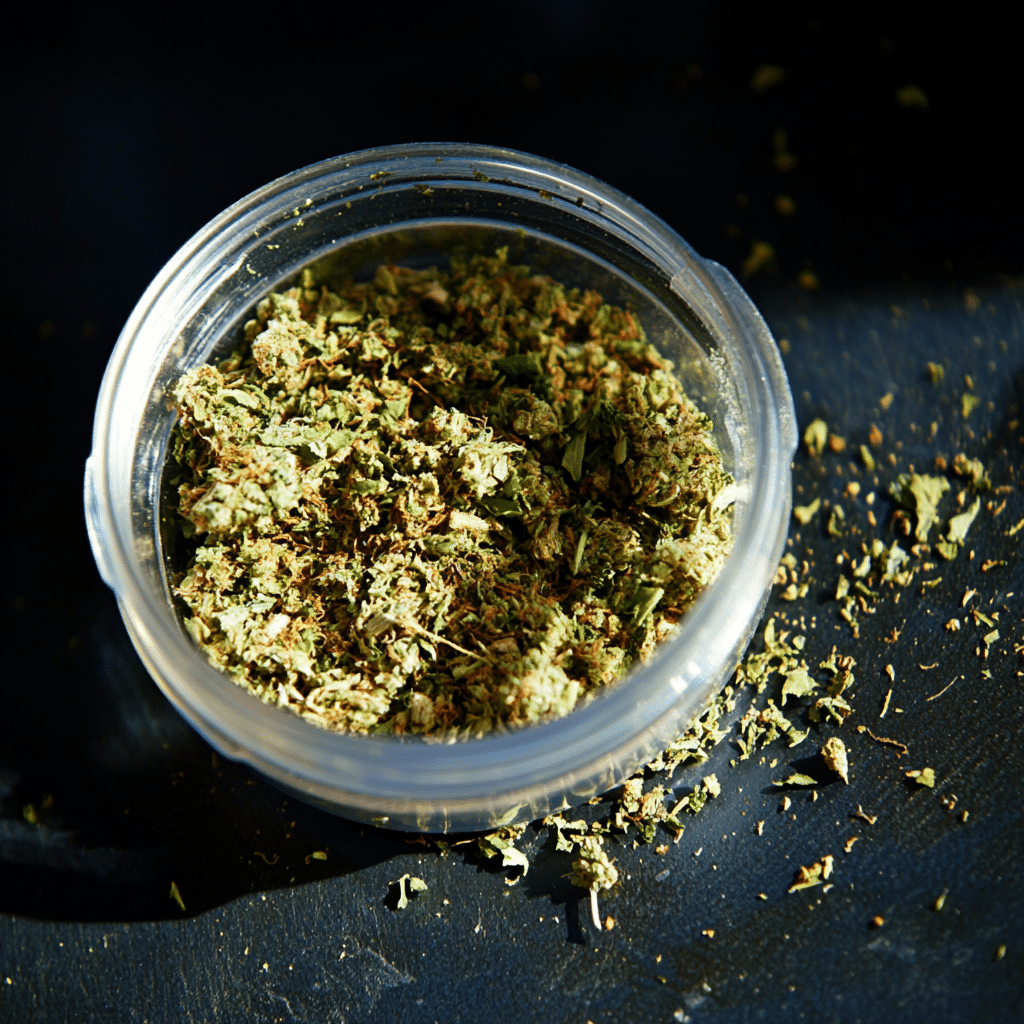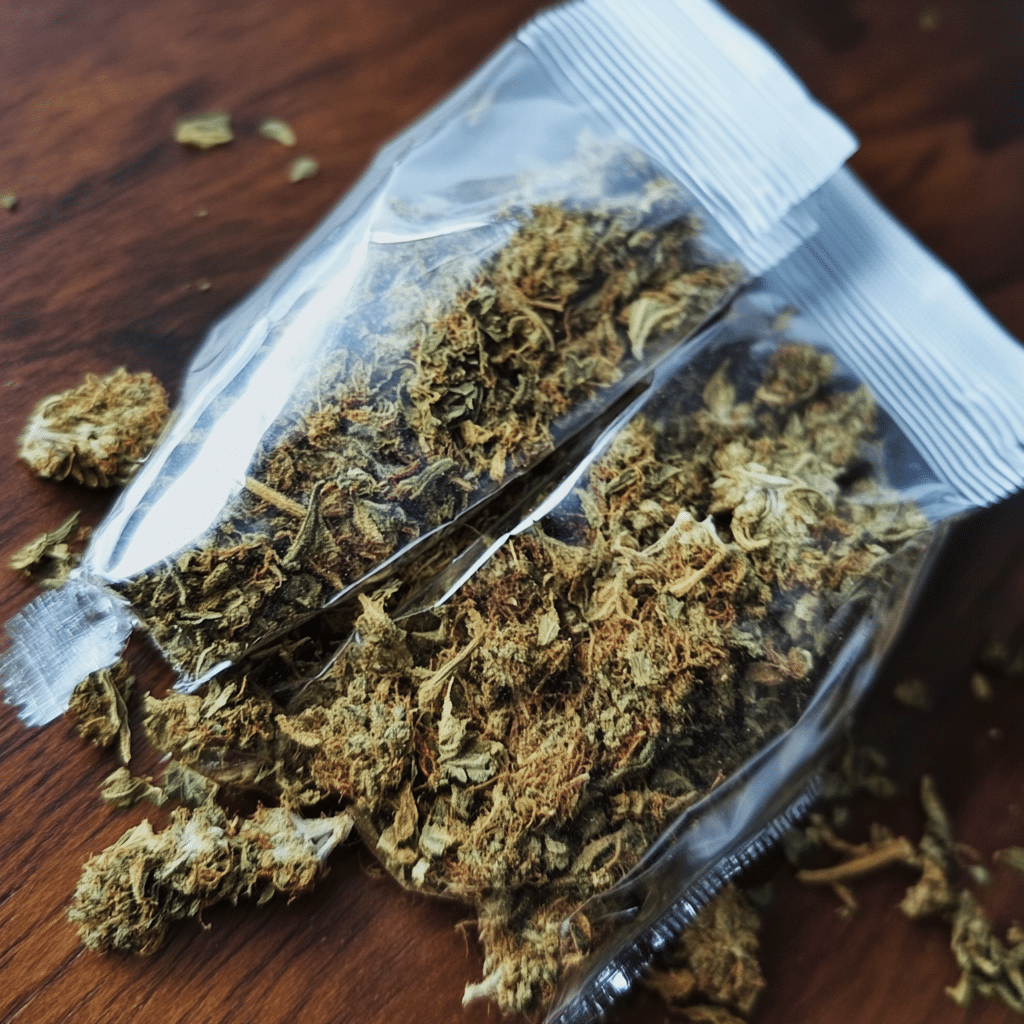
Understanding the Evolution of Synthetic Cannabis
How has synthetic cannabis developed over time? This question digs deep into a complex issue that has unfurled dramatically since the early 2000s. Initially presented as a harmless alternative to marijuana, synthetic cannabis, often referred to as “Spice” or “K2,” lured users with its promises of safety and legality. Yet, behind this facade lies an unsettling sequence of events that has drastically altered countless lives. Many families, including those supported by Mothers Against Addiction, have witnessed firsthand the heart-wrenching consequences that synthetic cannabinoids can bring.
Synthetic cannabis began its journey in the late 1990s when chemist John W. Huffman created compounds like JWH-018. These were initially intended for research purposes to study cannabinoid receptors and their effects. Before long, by the early 2000s, these substances crept into head shops and, later, into online markets, marketed misleadingly as safe, legal highs. This trend set the stage for widespread misuse, which has cluttered our streets and communities with toxic options that promise euphoria but deliver despair.
Looking back, it’s chilling to see how far synthetic cannabis has come. The early years masked the dangers lurking within these chemically engineered substances. They were presented as “just herbal blends,” but as more people began to experiment, the facade shattered. Families—like yours or mine—became casualties in a landscape that continually shifted, forging a path toward alarming health repercussions for both the youth and adults entangled in this mystery.

1. The Early Years: Birth of Synthetic Cannabinoids
In the 1990s, synthetic cannabinoids emerged from scientific research. John W. Huffman’s creation, JWH-018, was primarily a tool for academic study. However, by the early 2000s, enterprising manufacturers took these scientific breakthroughs and began marketing them as legal alternatives to marijuana. The misleading labels on the packaging camouflaged the dangers, and curious consumers flocked to stores for a taste of something that seemed both exciting and safe.
These so-called “herbal blends” quickly gained popularity, with brands like “Spice” leading the charge. Parents and educators were blindsided by a product that didn’t look or seem harmful. It was sold openly, often in attractive packages designed to appeal to younger audiences. But as the excitement grew, so did the troubling shadows of addiction and health risks, both of which began to seep through the cracks of society.
The early years revealed an innocence that was soon to vanish—a world where parents had little awareness of what was happening under their noses. Experiences from families, often silenced by stigma, began to surface, reflecting a disconnect between the marketed safety and the reality that many faced. How has synthetic cannabis developed over time? Ultimately into a crisis that has ensnared families across the nation.
2. The Shift in Market Dynamics: Adaptation and Evasion
By the mid-2000s, something changed. Reports about the adverse effects associated with synthetic cannabis started making headlines, leading to increased scrutiny. But rather than retreating, manufacturers adapted like chameleons, constantly altering their chemical formulas to outsmart the law. This allowed them to slip through the cracks, widening their market reach and making the task of regulation near impossible.
Brands like “K2” became infamous during this time. Their aggressive marketing tactics rallied youth and created a problem that was hard to ignore. Instead of slowing down, manufacturers leaned into the allure of synthetic cannabis, presenting it as a bold and daring symbol of rebellion. This marketing strategy, combined with the chaos of changing regulations, set the stage for a dangerous wave of consumption. It’s a reminder of how marketing can mislead and create a false sense of security.
As parents, this is crucial knowledge. Keeping tabs on the evolution of synthetic cannabis can help in anticipating the newest dangers and emerging trends. The ride on this rollercoaster of manipulation has only gathered speed, making education and awareness more vital than ever as we protect our children from the weight of addiction.
3. Escalating Health Risks: The Dark Side Emerges
As synthetic cannabis gained traction, alarming health issues began to emerge. Users reported severe anxiety, paranoia, hallucinations, and in extreme cases, life-threatening conditions. Take the story of Jake, a young man whose invitation to experience “Spice” spiraled into a nightmare. Following a single use, he suffered from a psychotic break that landed him in the hospital, highlighting just how unpredictable these substances can be.
The unpredictable chemical makeup of synthetic cannabis also leads to a slew of physical risks. These can include acute kidney injuries, heart attacks, and seizures. It creates havoc in the body, often leading users into situations where they need immediate medical intervention. The disturbing trajectory of how synthetic cannabis evolved is characterized not only by the thrill seekers but also by the casualties left behind, as parents like those in Mothers Against Addiction constantly share their painful stories.
These experiences are a stark reminder that addiction doesn’t just affect the individual; it ripples through families and communities. It makes it all the more urgent to spread awareness about the real dangers lurking in synthetic cannabis as we combat the growing menace of addiction together.
4. Trends in Regulation: Government and Legal Responses
Governments have often struggled to keep pace with the rapid changes brought about by synthetic cannabis. Regulatory bodies, such as the DEA, found themselves in a cat-and-mouse game with manufacturers who constantly adapted their substances to evade legal constraints. This has led to a patchy landscape of enforcement, where some variants might be banned today, only to be replaced by new, similar compounds tomorrow.
A noteworthy attempt to curb this alarming trend came with the enactment of the Synthetic Drug Abuse Prevention Act in 2012. This legislation represented a significant step forward, temporarily tightening the grip on manufacturers. However, the continuous evolution of synthetic cannabis leaves regulations perpetually playing catch-up. The complexity of varying chemical formulations means that while one variant may be outlawed, others emerge swiftly; this makes it challenging for everyone involved.
It’s essential for families and communities to stay informed about legislative measures. Understanding what treatments and support systems exist can empower parents to help their children navigate these difficult waters. While these regulations play a role in curbing access, the real victory lies in education—sharing knowledge about the harmful effects and seeking support to tackle this crisis together.
5. Comparative Analysis: Synthetic Cannabis vs. Traditional Drugs
As we examine how has synthetic cannabis developed over time, it’s worth comparing its implications to traditional substances like Xanax and alcohol. Notably, while Xanax is well-documented for its effects and withdrawal timelines, synthetic cannabis defies predictability. For example, how long does Xanax last? Generally, its effects can linger for about 6-8 hours, giving users a clearer expectation of what to look for. Conversely, the effects of synthetic cannabis vary widely and can take unwitting users by surprise.
Users often ask, how long does it take to detox from alcohol? The timelines for traditional substances are more defined, offering some solace in the unpredictability of detoxification. Unfortunately, synthetic cannabis lacks standardized research, leaving users vulnerable and uninformed about withdrawal symptoms. The journey is often fraught with uncertainty, making education on these subjects critical for both users and their families.
Drawing these comparisons highlights the critical need for awareness. Synthetic cannabis isn’t just another drug to dismiss; it carries risks that far exceed its promise. Knowledge is a powerful tool to combat addiction’s tide—understanding these differences can guide families toward better choices and outcomes.
6. Anecdotal Evidence: Personal Stories and Community Impact
Across communities, the impact of synthetic cannabis resonates deeply. Families from all walks of life have faced harsh realities due to their loved ones’ involvement with brands like “K2.” One mother shared how her son’s exploration of synthetic cannabis turned from curiosity to catastrophe—he pleaded for help in dealing with an addiction that felt all-consuming. These narratives weave a tapestry of heartache, emphasizing how addiction’s reach can invade even the most unsuspecting lives.
Personal stories often illuminate the statistics surrounding synthetic cannabis use, establishing a tangible connection to data. It’s easy to become desensitized to numbers, but hearing from families shows the human face of such tragedies. Each anecdote strengthens the collective voice of those calling for change, urging communities to prioritize education, prevention, and support.
The stories reaffirm the essential work of organizations like Mothers Against Addiction. Their involvement underscores the importance of sharing personal experiences, providing a much-needed lifeline for parents struggling to understand the haze of addiction. By standing together, communities can create environments where love and support prevail.
7. The Future: Potential Directions and the Need for Awareness
As we move further into the 2020s, the future of synthetic cannabis remains uncertain. With the potential for emerging research, there’s an opportunity for increased education on the associated risks, especially within schools and community programs. Presenting facts over fear could cultivate an environment where discussion and awareness flourish—it’s a crucial step in fighting back against this troubling epidemic.
The influence of social media can’t be understated—it often normalizes risky behavior and amplifies the influence of peer pressure. Parents and educators must remain vigilant in these turbulent waters. Understanding the shifts in culture and consumption will equip families to address the underlying issues that contribute to synthetic cannabis use.
Ultimately, how has synthetic cannabis developed over time? It’s become a poignant reminder of the urgent need for a multifaceted approach—from regulations to education, mental health care support, and accessible resources. As families navigate these choices, the collective goal should be to safeguard the wellbeing of future generations and ensure they don’t fall victim to the dangers lurking within the shadows.
In conclusion, we hope this exploration of synthetic cannabis evolution opens the door for conversations—ones leading towards safety, awareness, and understanding. It’s vital not just to learn from the past but to act in the present, ensuring that no family has to endure what countless others have faced due to addiction. The journey may be tough, but together, we can build resilience and hope for a brighter future.
How Has Synthetic Cannabis Developed Over Time
When we dive into how synthetic cannabis developed over time, it’s hard to ignore the twists and turns that have led us to today’s complex scenario. Synthetic cannabinoids first emerged in the early 2000s as researchers attempted to create compounds that mimicked the effects of THC, the active ingredient in cannabis. These creations were initially intended for therapeutic use to help with pain management and other health issues. Interestingly, in the early days, they were largely unregulated, which opened a Pandora’s box of possibilities. Some folks even refer to these concoctions as dragon Balls, reflecting their unpredictable potency and effects, similar to the cartoon’s magical spheres.
As time marched on, the landscape started to change. Manufacturers began altering chemical structures to skirt around existing drug laws, leading to a slew of new variants that often packed quite the punch. This meant that anyone curious about experimenting with synthetic cannabis was taking a gamble—one that could sometimes lead to serious health consequences. The rise of various online platforms allowed easy access to these substances, making it tougher for parents and communities to protect their loved ones. Many individuals are awash in information, feeling overwhelmed by the options like government Grants for addiction treatment and mental health support; it’s not always clear where to turn for help.
Today’s synthetic cannabis is far from what it started as; these substances can produce erratic and even violent behavior. Some users have reported severe psychological effects, including feelings typical in borderline personality disorders. If you’re a parent concerned about your child’s exposure, knowing how to navigate these issues is crucial. Seeking support, whether through therapy or community programs, is key. Engaging in self care can make a real difference, providing not just respite but also strategies for coping with this challenging reality. Knowing what’s available, like local resources or programs—perhaps even connecting to an Ssi office near me for financial assistance—can be precious for families feeling the strain of addiction.





























